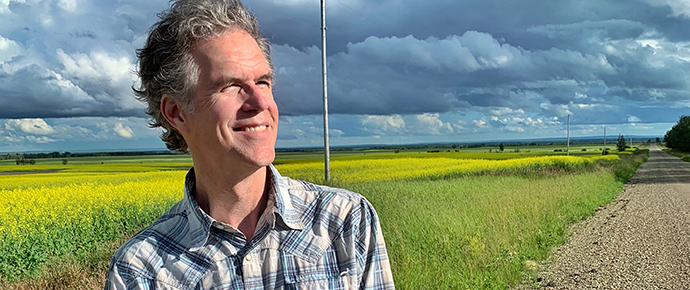
Ours is a music of lyric mysteries. Not always, mind you. “Tonight I’m alone without you my dear, it seems there’s a longing for you still,” is pretty straightforward, but for every song like that, we’ve got a song suggesting that we can lock the door then put out the cat.
These mysteries are only troublesome to those fans of the music who, like me, listen to the lyrics of bluegrass songs. As has been discussed on more than one occasion here, I believe our group to be in the minority, with far more people treating the lyrics as generic sounds, with some variation in syllables, falling between the mandolin and banjo break. If there are harmony vocals involved, so much the better. if you hear bluegrass lyrics this way, it doesn’t matter when or how you put out the cat, or if the cat is even a cat at all—it could easily be a dreadful snake. In that case, it would probably find its own way out.
But for those of us trying to follow the story, here are a few things that keep us awake at night: In Fox On the Run, is the girl who is walking through the corn leading down to the river actually the fox-like one—who apparently leaves people to die—or is the singer dying like a fox on the run? And does running kill foxes? And what is all this illustrating girls business in verse 2?
Turning to the song Ten Degrees, written by Gordon Lightfoot and recorded by J.D. Crowe & The New South, when the singer in question was out in Arizona, he “heard the lady listening to each song that he was playing . . .” How does that work? Was this lady making some sort of listening noises? Perhaps she was humming along, or making grumbling sounds. It seems to me this would have been distracting to the performer and would certainly not have made this lady particularly attractive to him.
However, both of the above songs come from other genres originally, I hear you saying, and you may have a point. Pop music lyrics of the late ’60s and early ’70s also produced lyrics like, “Sitting on a cornflake waiting for the van to come.” This makes worrying about how a lady can be heard listening seem like splitting hairs.
But what about some of our own traditional bluegrass songs like Pig in a Pen? That one introduces a confusing issue related to porcine catering:
I’ve got a pig home in a pen
Corn to feed him on
All I need is a pretty little girl
To feed him when I’m gone
He’s got a pig home in a pen, plus the necessary feed, but he’s short a “pretty little girl” to feed him when he’s away. Where is he going? Is it necessary for it to be a girl who does this job, and why are her looks important? Or is this merely a glorified pickup line? “You know I could really use someone as pretty as you are to feed my pig while I’m off doing some really prestigious yet non-specific business on the side?”
And what about “sweet little Liza Jane” from the same song?
Goin’ on the mountain
To sow a little cane
Raise a barrel of sorghum
Sweet little Liza Jane
She appears in another verse, being urged to put a bonnet on, and she’s likely also the one in yet another verse who is being asked to bake biscuits.
If this is just about pig chores, why wouldn’t she qualify? Is she not pretty enough, and again I ask why that would matter, unless the pig is unusually shallow and picky about who feeds him? Is Liza Jane just too busy with all the sorghum and biscuit work and the putting on of bonnets? That would make sense. Still, it seems like some minor pig detail could easily be worked into the schedule. It’s just one pig, after all.
A song that was already mysterious to begin with is Bringing Mary Home, which is about a little girl who is offered a ride home by someone who is passing by. To the driver’s surprise, the girl disappears by the time he arrives at her house, and her parent’s explain:
Thirteen years ago today in a wreck just down the road
Our darling Mary lost her life and we miss her so
Thank you for your trouble and the kindness you have shown
You’re the 13th one who’s been here bringing Mary home
The question remains, did 13 different drivers bring Mary home that 13th anniversary night (making for a thoroughly exhausting evening for the parents), or was it just one driver every year on that night for 13 straight years? The song never makes it clear, and people fall into two rival camps on this. Make that three camps: the third camp just knows there’s somebody named Mary involved and maybe a car or something and then a finger-style guitar turnaround.
There’s also the land surveying issue in Down the Road:
Old man Flatt he owned a farm
From the hog lot to the barn
From the barn to the rail
He made his living by carrying the mail
Was it not possible to go straight from the hog lot to the rail, bypassing the barn? Was this an odd-shaped lot the farm was on? Is this why old man Flatt needed to take a job as a mail carrier?
We may never know the answer to this geometrical issue, but my daughter and two of my band members at the time, Jon Weisberger and Ned Luberecki, had a meaningful discussion about this several years ago, which was captured on video. Note that my daughter has difficulty getting a word in:




